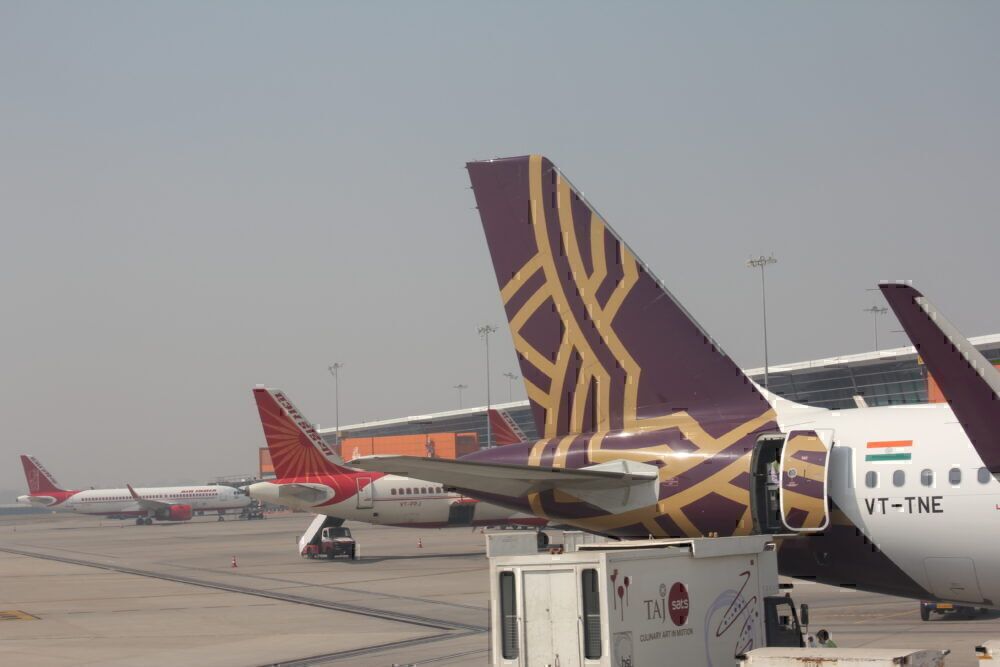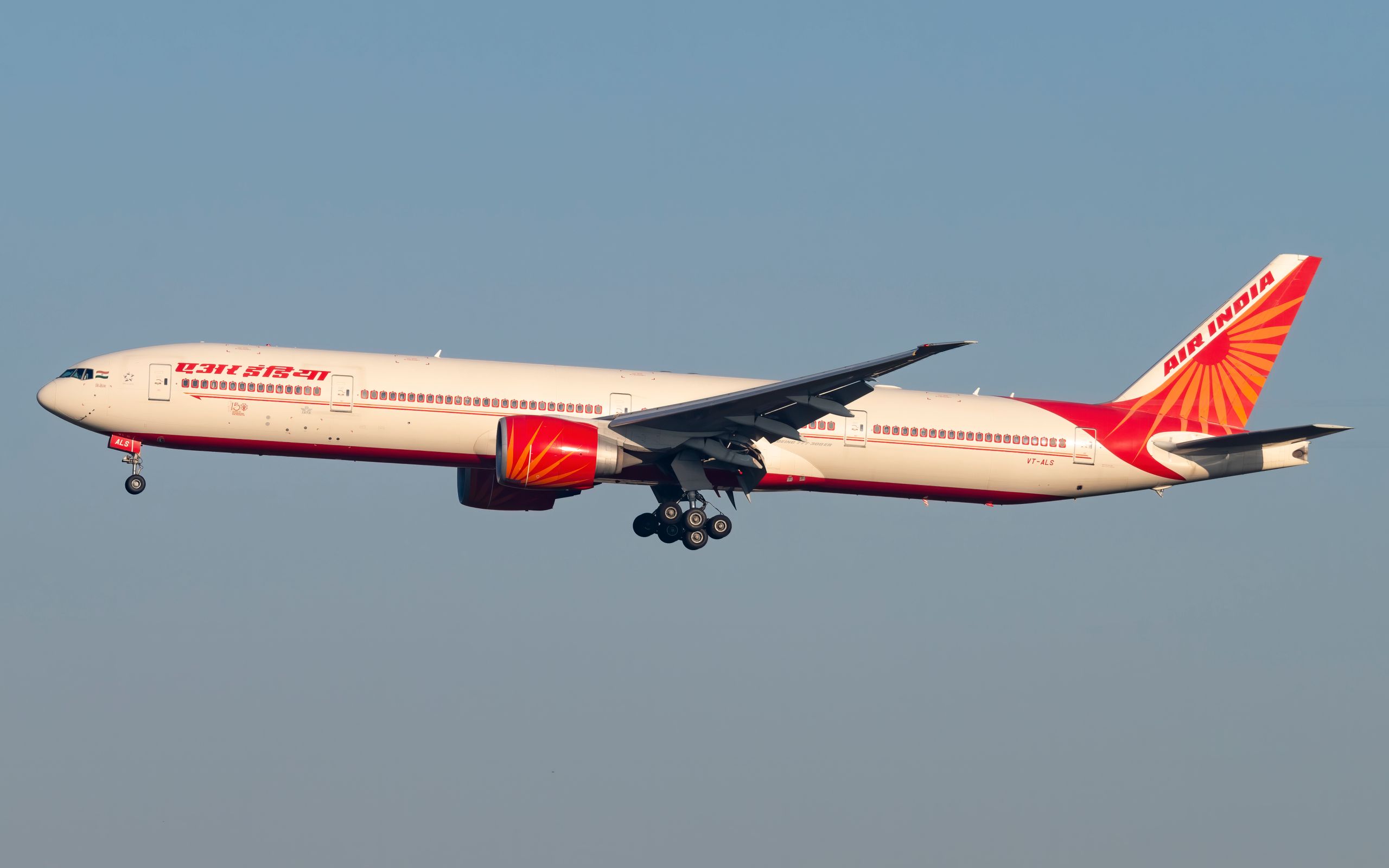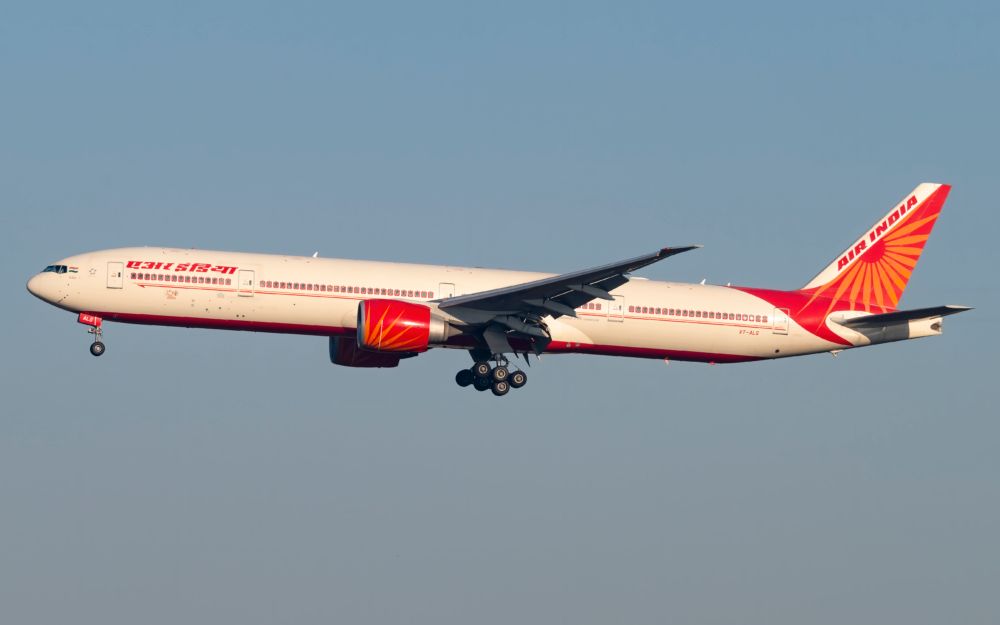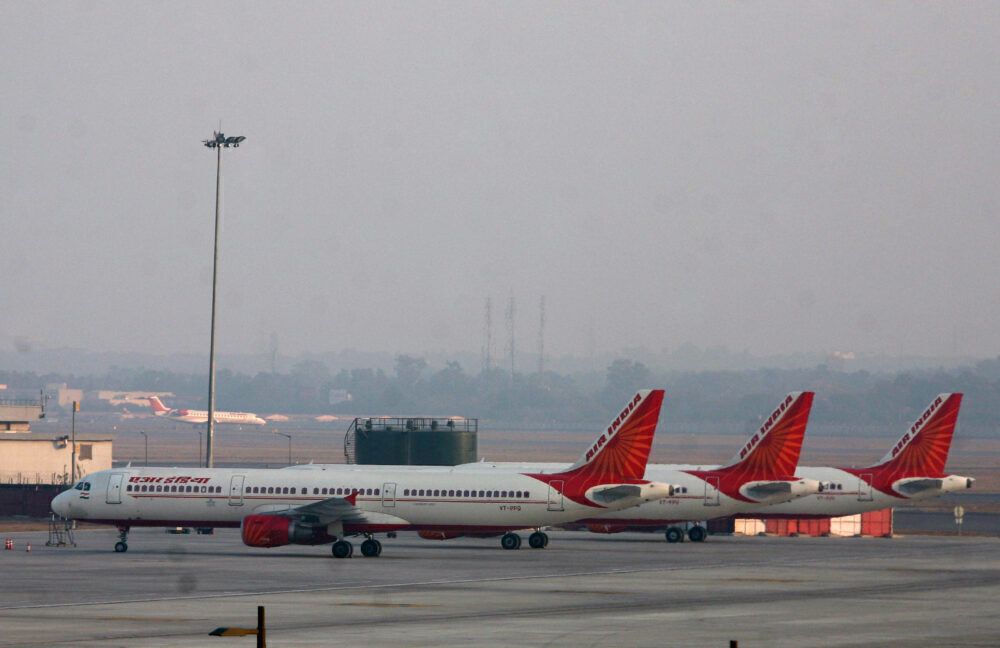While the government is yet to confirm the decision, reports have emerged that the Tata Group is the winner of the bid for Air India. The victory would bring Air India back under the Tata umbrella nearly seven decades since it left, and would make it the group's third airline. So what would a Tata-owned Air India look like? Let's find out.
Big changes
Soon after officially taking over, the Tatas will be eying significant structural changes at Air India. This will likely include cutting costs significantly by selling or writing off old assets (including aircraft), reducing staff, and reshuffling the airline's leadership to bring in industry players (replacing career bureaucrats).
The fleet could be looking at a shake-up too. The four 747s will make their way to the still government-owned Alliance Air, reducing fleet age. Meanwhile, a narrowbody order will be on the cards, given the aging jets and Air India's lack of any future orders currently. However, the dual Airbus-Boeing flavor will likely remain, given how it fits with Tata's other airlines.
Another challenge will be the shift from a government-based entity to a private one. The culture shift could lead to disagreements between the unions and Tata, causing a slowdown in the turnaround plan. But, that outcome remains to be seen.
Stay informed: Sign up for our daily and weekly aviation news digests.
Merger
As discussed several times before, the Tata Group is highly likely to merge its airline brands for efficiency. According to The Economic Times, the group plans to create a single brand for all of its airlines, including low-cost ones. This would mean Air India, Vistara, AirAsia India, and Air India Express will all become one carrier. The plan marks a shift from the dual full-service, low-cost model once proposed.
Instead, Tata will focus on using the combined market share to bring down operating costs, challenging domestic players, and competing with foreign airlines in India. One source on the merger told ET,
"The group has been very clear that if and when the Air India acquisition is done, the strategy is to have one entity. Scale up the game and be the number one player in the space. AirAsia is now a Tata company and so it will be easier to merge the business. Also, operationally, it would not be sensible in a thin-margin competitive sector to have multiple cost structures. SIA [Singapore Airlines] is aware of the intent and a dialogue is on."
 However, any such merger would require Singapore Airlines to join the Air India framework or leave the market altogether. AirAsia is rumored to be exiting its India venture completely by next March, ending its time in the country.
Overall, the future for Air India is once again looking exciting. With billions on the line, this is the carrier's first real chance at a turnaround in decades. If it will work out remains to be seen.
What do you think about the future of Air India? Let us know in the comments!
However, any such merger would require Singapore Airlines to join the Air India framework or leave the market altogether. AirAsia is rumored to be exiting its India venture completely by next March, ending its time in the country.
Overall, the future for Air India is once again looking exciting. With billions on the line, this is the carrier's first real chance at a turnaround in decades. If it will work out remains to be seen.
What do you think about the future of Air India? Let us know in the comments!



